Home>Gardening & Outdoor>Outdoor Recreation & Activities>How Many Players In Jenga


Outdoor Recreation & Activities
How Many Players In Jenga
Modified: February 18, 2024
Discover the ideal number of players for Jenga, a popular game in outdoor recreation and activities. Learn how to maximize the fun with the right group size!
(Many of the links in this article redirect to a specific reviewed product. Your purchase of these products through affiliate links helps to generate commission for Storables.com, at no extra cost. Learn more)
**
Introduction
**
Welcome to the world of Jenga, a game that requires a steady hand, strategic thinking, and nerves of steel. Whether you’re a seasoned Jenga enthusiast or a newcomer to the game, there’s always something captivating about the suspense and excitement that comes with each carefully calculated move.
Jenga, which means “build” in Swahili, is a game of physical and mental skill that has captured the hearts of players around the globe. The simple yet exhilarating concept of removing wooden blocks from a tower and carefully placing them on top has made Jenga a timeless classic for all ages.
In this article, we’ll delve into the history of Jenga, explore its rules, and answer the burning question: how many players can join in on the fun? So, grab a seat, steady your hands, and let’s embark on a journey through the captivating world of Jenga.
**
Key Takeaways:
- Jenga can be played solo, with two players, or in a group, creating a dynamic and inclusive gaming experience for all ages and occasions.
- The game’s adaptability and universal appeal make it a beloved pastime, fostering moments of laughter, friendly competition, and unforgettable memories.
Read more: How Many Players In Spikeball?
History of Jenga
**
The story of Jenga dates back to the early 1970s when Leslie Scott, a British board game designer, was living in Ghana. Inspired by the traditional wooden block stacking game she played with her family, Scott decided to create a game that would capture the same blend of skill, suspense, and camaraderie. In 1983, Jenga was officially launched at the London Toy Fair and soon gained popularity worldwide.
What sets Jenga apart is its universal appeal. The game transcends language barriers and cultural differences, bringing people together through a shared love for friendly competition and thrilling moments. Its simplicity and versatility have made it a staple in homes, schools, and social gatherings across the globe.
Over the years, Jenga has evolved from a humble wooden block game to include various themed editions, such as giant Jenga sets for outdoor play and branded versions featuring popular characters and franchises. This adaptability has ensured that Jenga remains a beloved pastime for families, friends, and game enthusiasts of all ages.
Moreover, Jenga has made its mark in popular culture, appearing in movies, television shows, and even as a team-building activity in corporate settings. Its enduring popularity is a testament to the timeless thrill of carefully maneuvering wooden blocks to create a towering structure without toppling it.
**
Rules of Jenga
**
At its core, Jenga is a game of physical skill, precision, and nerve-wracking suspense. The rules are straightforward, making it easy for players of all ages to join in the fun.
1. Setting Up: To begin, set up the Jenga tower by stacking the wooden blocks in a sturdy, interlocking pattern of three blocks per layer, alternating the direction with each level until you have a tower of 18 levels.
2. Gameplay: The objective of Jenga is to carefully remove one wooden block at a time from any level of the tower (except the topmost completed level) and place it on the topmost level to create a new layer. Players must use only one hand to remove blocks, and once a block is touched, it must be moved. The game continues in this fashion, with players taking turns to remove and place blocks, all while ensuring the tower remains stable.
3. The Art of Balance: As the tower grows taller and more precarious, the challenge intensifies. Players must strategize and assess the stability of the tower before making their move, as even the slightest miscalculation can lead to a nerve-wracking collapse.
4. Toppling the Tower: The game concludes when the tower collapses, whether due to a player’s move or a natural shift in the structure. The last player to successfully place a block on the tower before it topples is hailed as the victor.
5. Sportsmanship: Jenga is not only about skill but also about sportsmanship and camaraderie. Players are encouraged to support and cheer on their fellow participants, creating an atmosphere of friendly competition and shared excitement.
With its intuitive rules and thrilling gameplay, Jenga offers an enthralling experience that keeps players on the edge of their seats, making every move a heart-pounding moment of anticipation and excitement.
**
Jenga is typically played with 1 or more players. It can be played solo, but is more fun with 2 or more people taking turns. The more players, the more challenging it becomes!
Number of Players in Jenga
**
Jenga is a game that thrives on the energy of multiple players, creating an atmosphere of friendly rivalry and shared excitement. The game’s versatility allows for various group sizes, making it an ideal choice for gatherings, parties, and family game nights.
While Jenga sets typically come with 54 wooden blocks, the number of players can vary based on the desired level of competition and interaction. Here’s a breakdown of the various player configurations:
1. Solo Play: While Jenga is often enjoyed with multiple players, solo play is also an option. Playing alone allows individuals to hone their skills, strategize without time constraints, and challenge themselves to see how tall they can build the tower before it collapses.
2. Two Players: A classic head-to-head showdown, Jenga with two players creates a dynamic and intense experience. Each move becomes a strategic decision, as players carefully assess the tower’s stability and anticipate their opponent’s next move. The intimate setting of a two-player game fosters a sense of direct competition and focused gameplay.
3. Multiple Players: Jenga truly shines when played with three or more participants. The dynamic nature of the game comes to life as players take turns removing and placing blocks, with each move influencing the tower’s precarious balance. The larger the group, the more thrilling the game becomes, as each player adds their own twist to the unfolding drama of the tower’s construction.
4. Team Play: For a collaborative and engaging experience, Jenga can be played in teams, pitting groups of players against each other. Team play encourages communication, coordination, and strategic planning as teammates work together to outmaneuver their opponents and build a stable tower.
Regardless of the number of players, Jenga fosters an environment of shared excitement and camaraderie. The game’s adaptability to different group sizes ensures that everyone can join in the fun, whether it’s a head-to-head duel, a lively multiplayer showdown, or a collaborative team challenge.
With its inclusive nature and ability to accommodate various player counts, Jenga continues to captivate players of all ages, making it a beloved choice for social gatherings and memorable game nights.
**
Conclusion
**
Jenga, with its rich history, straightforward rules, and versatile player configurations, stands as a timeless testament to the enduring appeal of classic games. From its humble origins in Ghana to its global popularity, Jenga has brought joy, excitement, and friendly competition to countless players across generations.
As players carefully remove and place wooden blocks, each move becomes a heart-pounding moment of anticipation, creating an atmosphere of shared excitement and camaraderie. Whether played solo, head-to-head, or in a lively group setting, Jenga’s adaptability and universal appeal make it a staple in homes, classrooms, and social gatherings worldwide.
With its ability to transcend cultural boundaries and language barriers, Jenga has become a symbol of connection and shared experiences. The game’s simple yet captivating premise has made it a beloved pastime for families, friends, and game enthusiasts of all ages, fostering moments of laughter, friendly competition, and unforgettable memories.
So, whether you’re strategizing your next move in a tense two-player showdown or collaborating with teammates to build a towering masterpiece, Jenga continues to offer a thrilling and inclusive gaming experience for all. As the tower teeters and sways with each carefully placed block, the excitement of Jenga remains as timeless and captivating as ever.
In the world of Jenga, every move counts, every decision is crucial, and every game is an opportunity to create lasting memories and unforgettable moments of shared joy. So, gather your friends, steady your hands, and let the timeless thrill of Jenga unfold as you embark on a journey filled with suspense, laughter, and endless fun.
Frequently Asked Questions about How Many Players In Jenga
Was this page helpful?
At Storables.com, we guarantee accurate and reliable information. Our content, validated by Expert Board Contributors, is crafted following stringent Editorial Policies. We're committed to providing you with well-researched, expert-backed insights for all your informational needs.


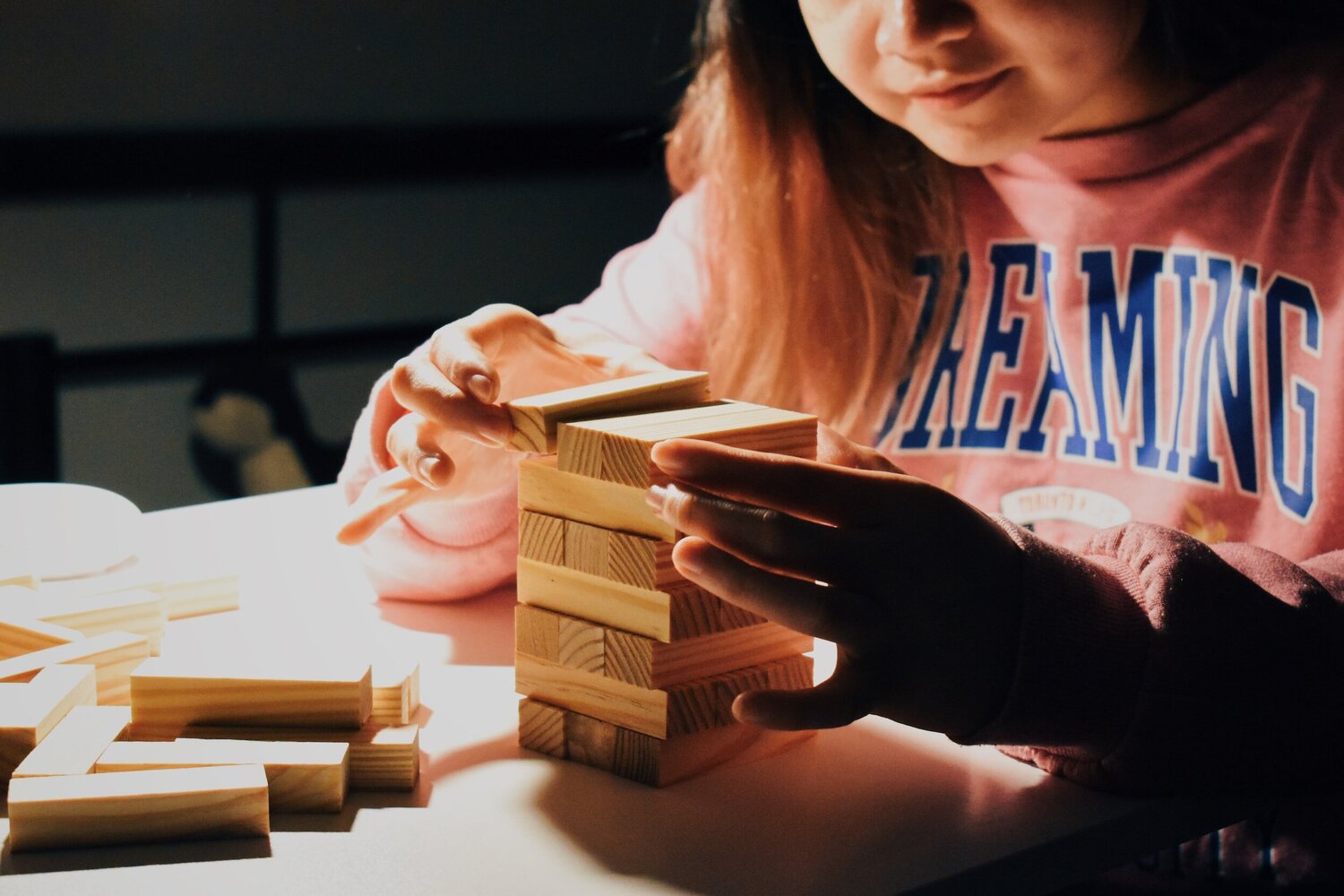
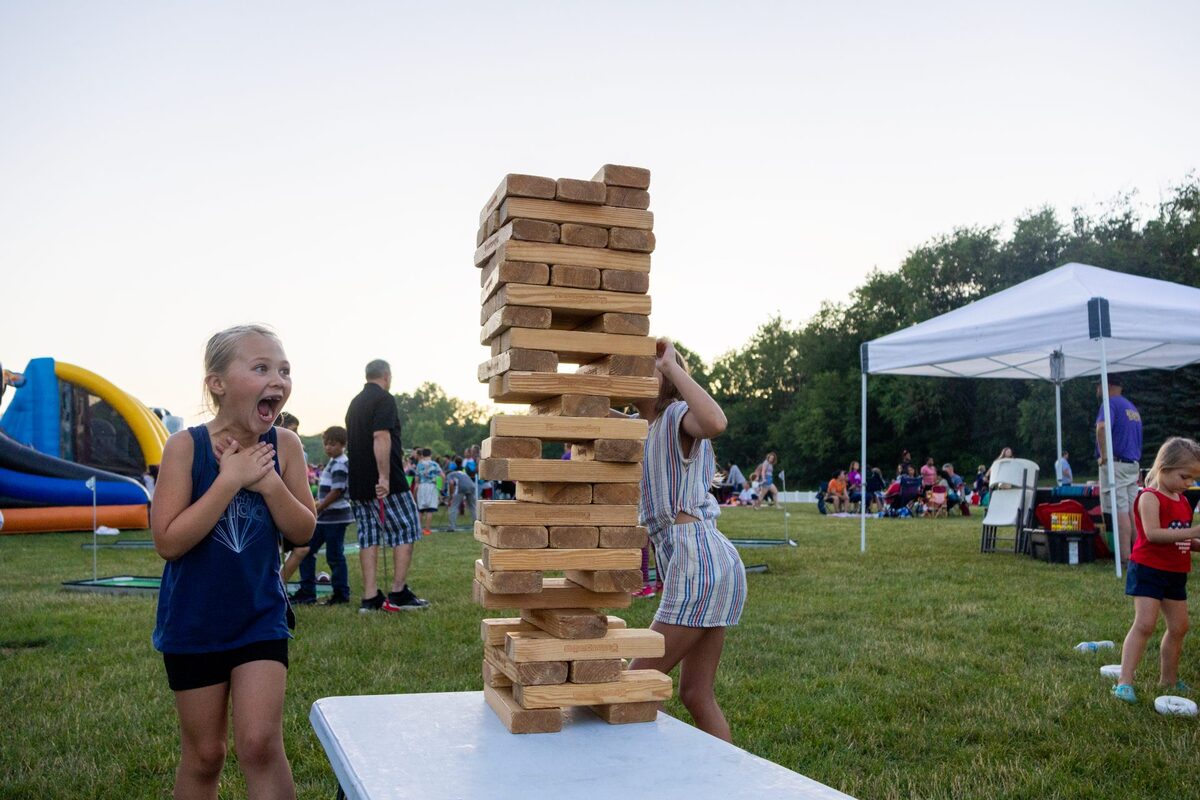
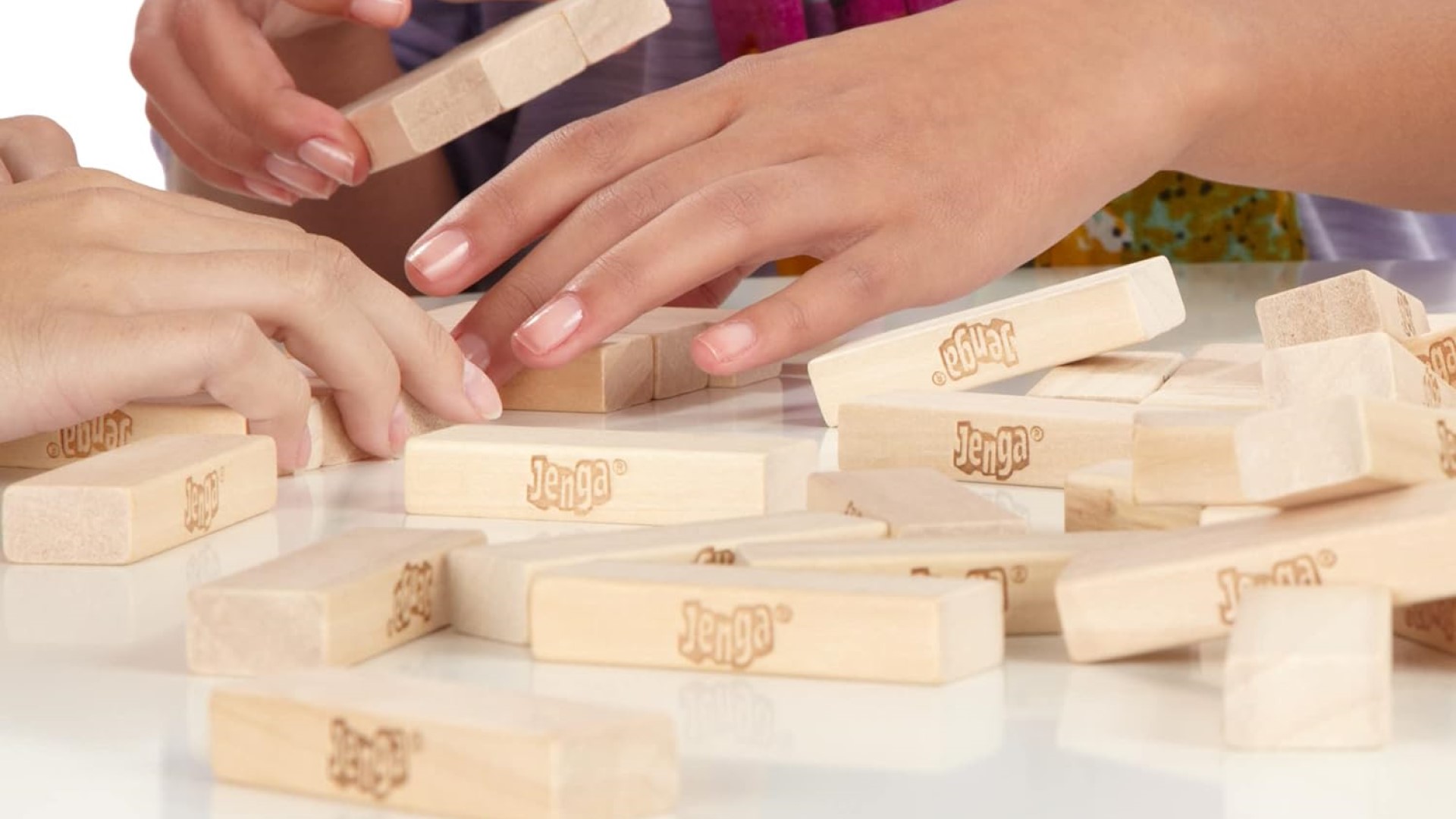



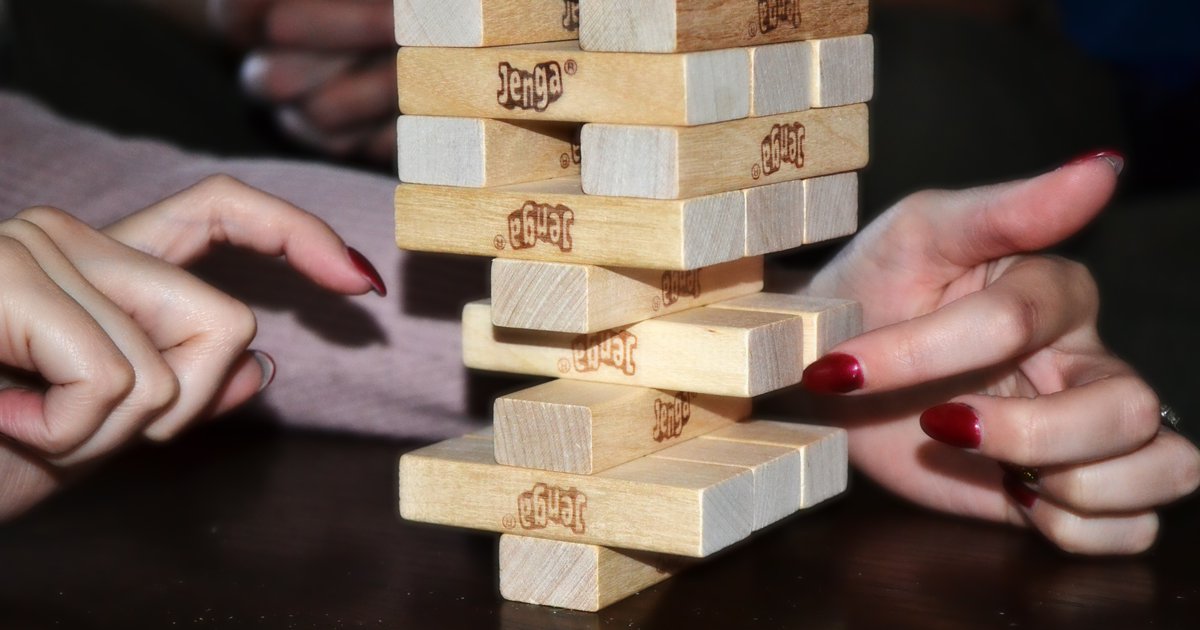



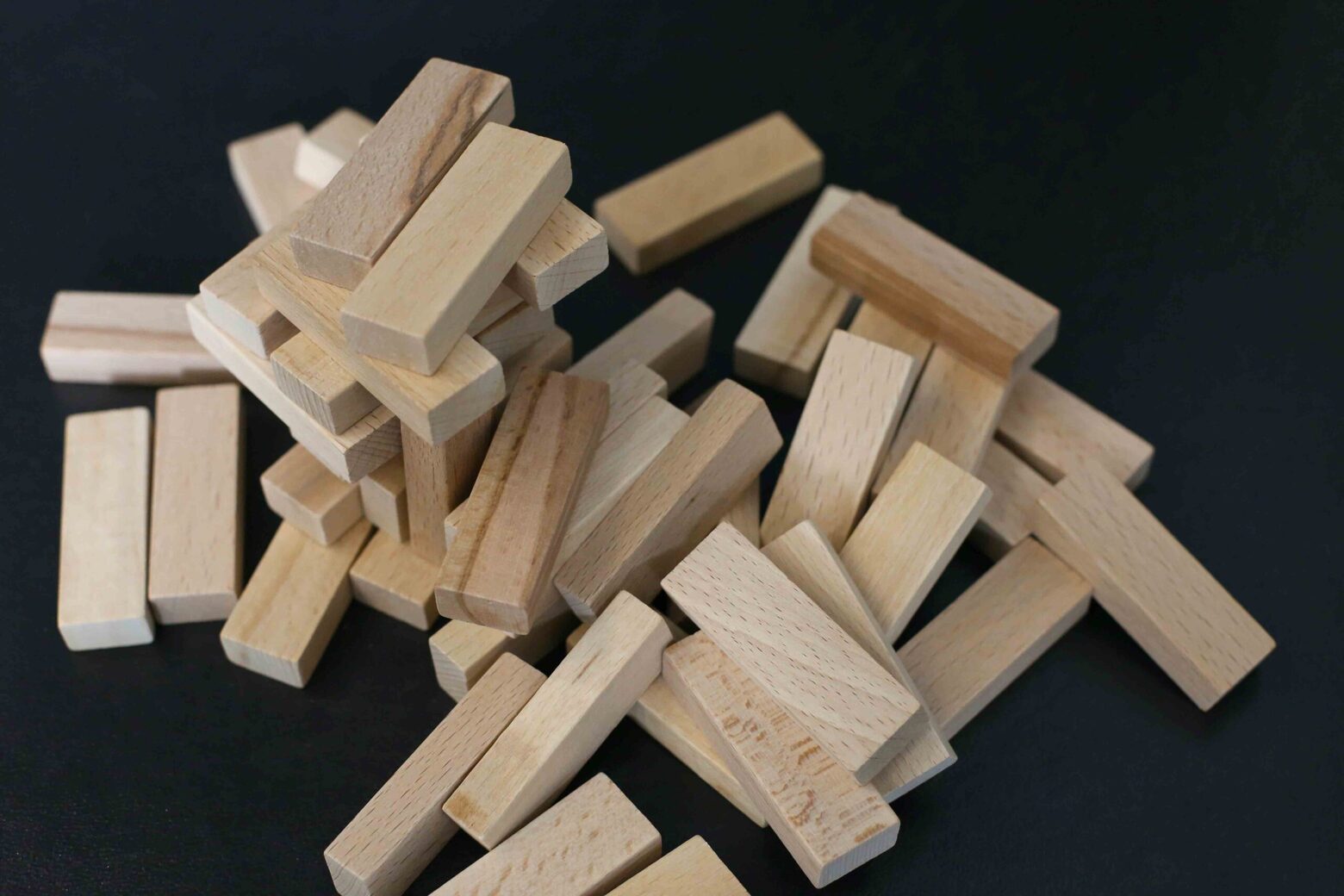
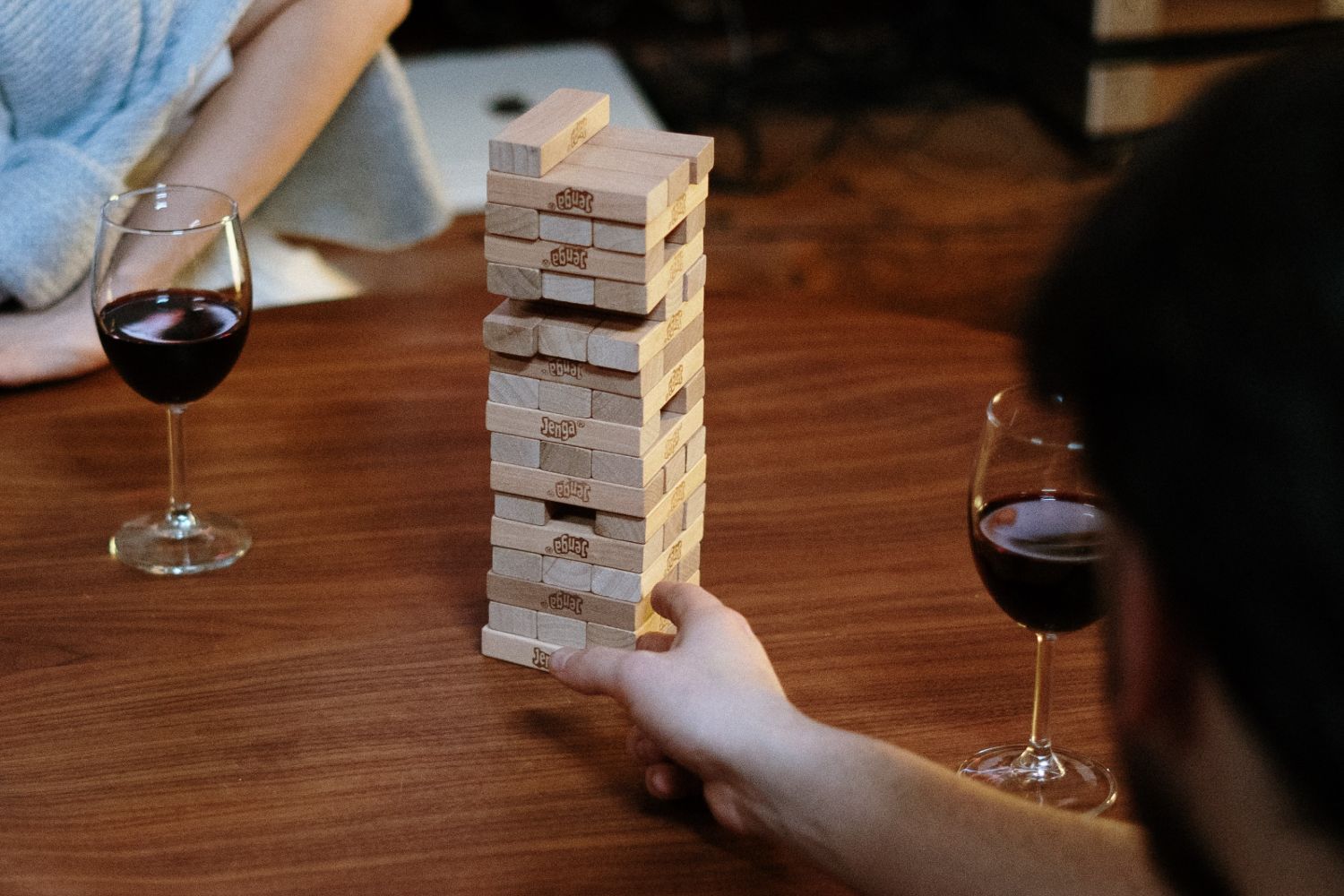
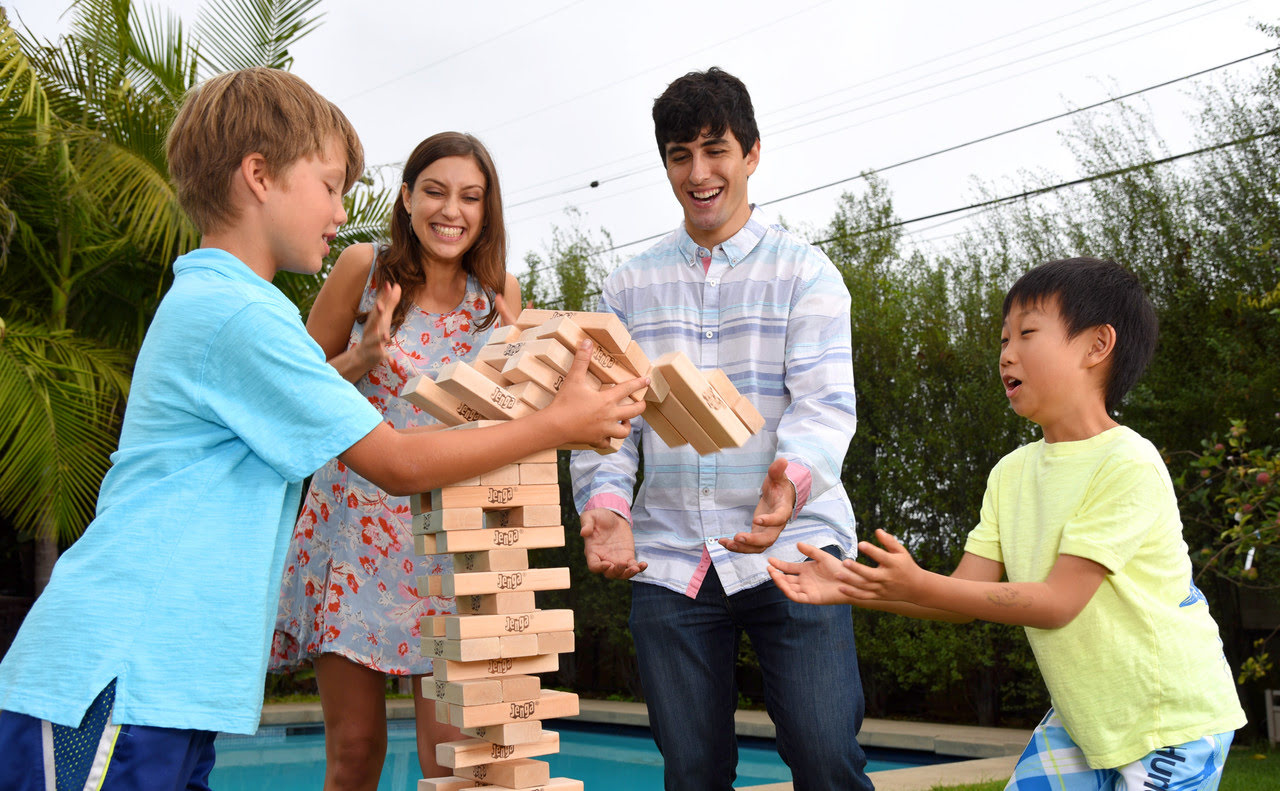

0 thoughts on “How Many Players In Jenga”